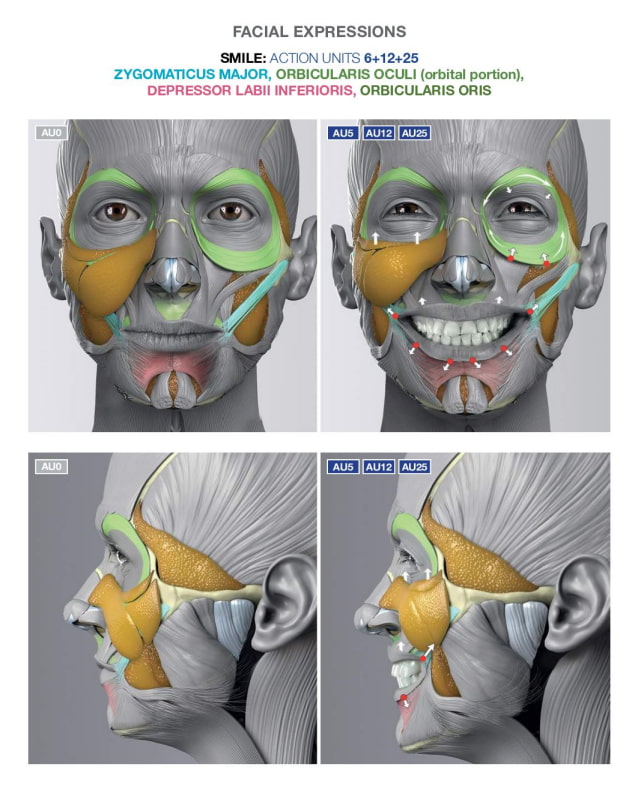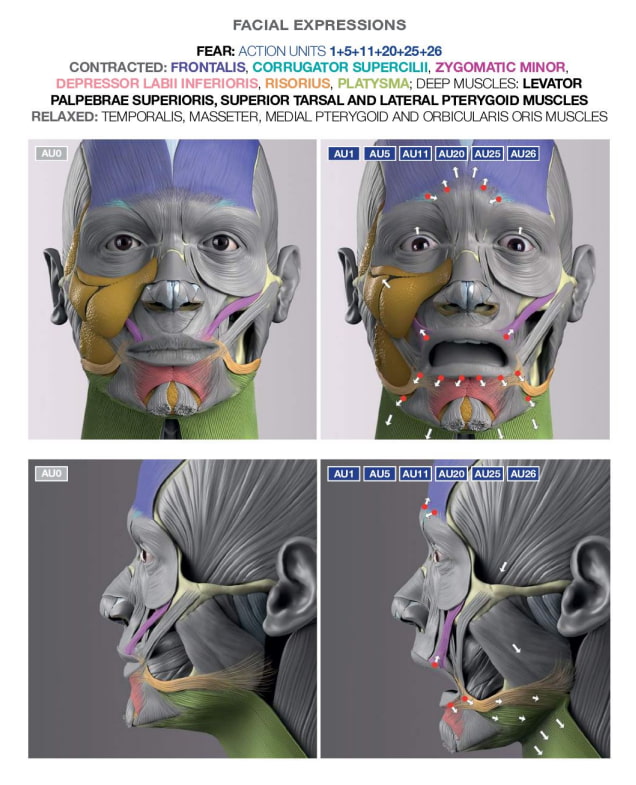Model Overview
Advanced facial expression analysis system utilizing the Facial Action Coding System (FACS) to detect and measure emotional states and stress levels in real-time
Key Features
- Real-time FACS analysis
- Multi-AU detection and tracking
- Stress & anxiety assessment
- Visual analysis output
- Action Unit intensity measurement
- Temporal pattern analysis
- Clinical-grade accuracy
- Cross-cultural validation
- Micro-expression detection
- Automated reporting
- Privacy-preserving processing
Performance Metrics
Response Time
Accuracy
AU Detection
Emotion Detection
Supported Emotions
Input Operational
Video Processing Limitations
- Requires clear video input
Minimum 720p resolution, 30fps, good lighting conditions
- Face visibility requirements
Face must be clearly visible and within 45° angle from front
System Monitoring Requirements
- Best for continuous monitoring
Optimal analysis period: 30+ minutes for baseline establishment
Clinical Usage Limitations
- For medical diagnosis (Clinical Trials in progress)
Clinical trials completion expected Q1 2025
API Implementation Guide
Integration example using our Python SDK:
from dyagnosys import FacsAnalyzer
def analyze_expression(video_stream):
analyzer = FacsAnalyzer()
# Initialize real-time analysis
analyzer.start_stream(video_stream)
# Configure detection parameters
analyzer.set_detection_threshold(0.85)
analyzer.enable_temporal_smoothing(True)
# Get real-time results
while True:
aus = analyzer.get_current_aus()
emotions = analyzer.interpret_emotions(aus)
yield emotionsVideo Analysis
FACS-Based Emotion Recognition
Our FACS-based emotion recognition system analyzes facial action units to detect and quantify seven core emotions: Joy, Sadness, Anger, Fear, Surprise, Disgust, and Contempt.
Emotion Mappings


Research Based Development
The FACS Analysis System is grounded in extensive academic research and clinical validation studies, reflecting its reliability and adaptability across diverse applications.
Foundational Research
The system builds upon the Facial Action Coding System (FACS) developed by Paul Ekman and Wallace V. Friesen. This standardized system for describing facial movements has been extensively validated through decades of psychological research and serves as the foundation for modern automated facial expression analysis. Recent advancements have demonstrated its utility in predicting emotional states such as depression, anxiety, and stress through machine learning applications.
- Ekman, P., & Friesen, W. V. (1978). Facial Action Coding System . Consulting Psychologists Press
- Gavrilescu, M., & Vizireanu, N. (2019). Predicting Depression, Anxiety, and Stress Levels from Videos Using the Facial Action Coding System . Sensors
Clinical Applications
Integration of FACS analysis in clinical settings has demonstrated significant value in psychological assessment and mental health monitoring. Recent studies highlight its effectiveness in identifying subtle facial expression patterns correlated with psychological states, enabling objective evaluations in areas such as depression, anxiety, and stress. Additionally, its non-invasive nature enhances its adaptability in therapeutic and diagnostic settings.
- Cohn, J. F., et al. (2007). Observer-based measurement of facial expression with the Facial Action Coding System . Oxford University Press
Application Areas
Explore the various applications and use cases of our analysis system.
Applications
Clinical Psychology
Support mental health assessment and monitoring
Research
Facilitate emotion and behavior studies
Mental Health Monitoring
Continuous assessment of stress and anxiety levels
Corporate Wellness
Enhance employee well-being through emotion tracking
Education and Training
Improve learning experiences by understanding student emotions
Security and Surveillance
Detect suspicious behavior through facial expression analysis
Human-Computer Interaction
Enhance user experiences by adapting to emotional states
